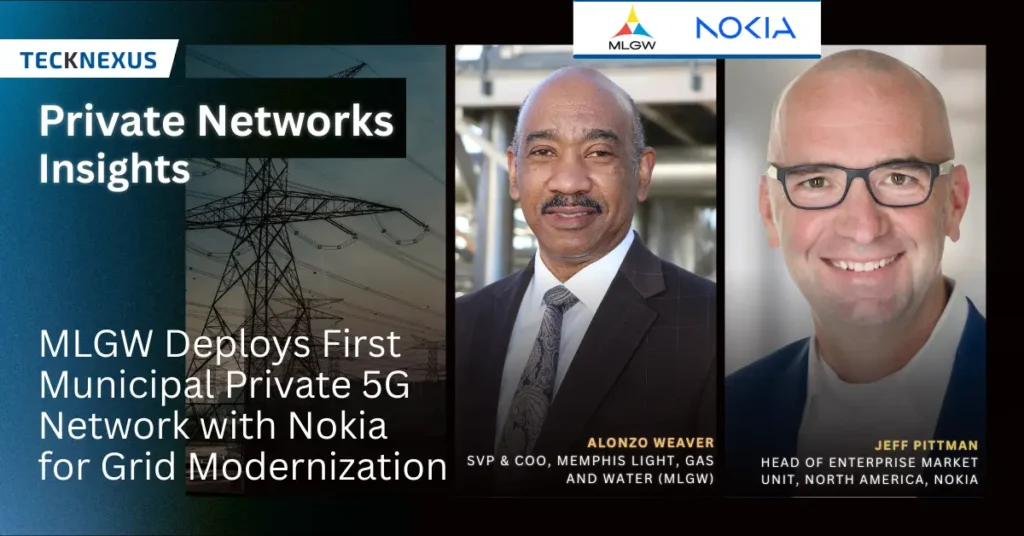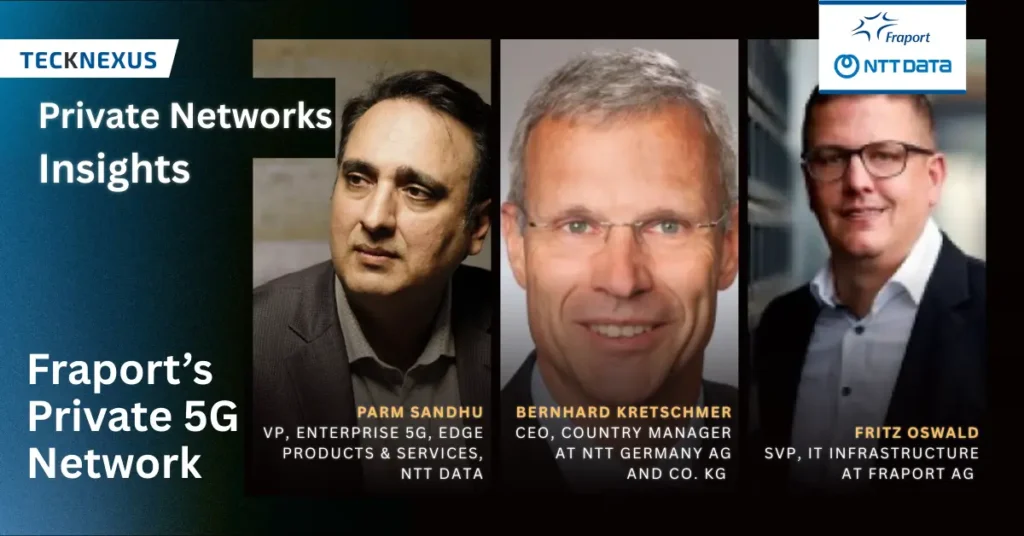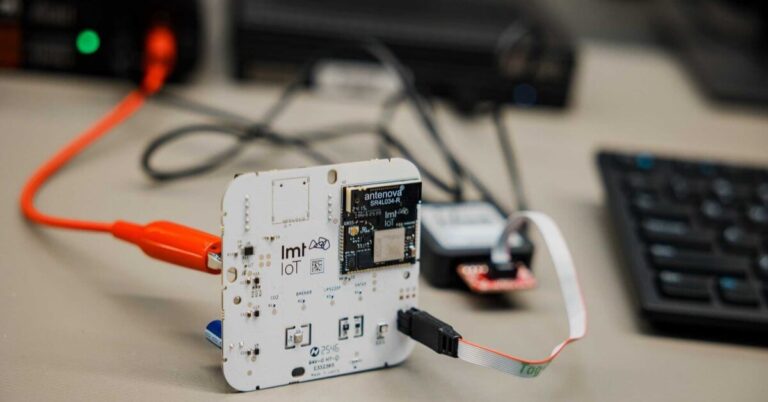Whenever we talk about security in private mobile networks, it’s often treated as an afterthought. Today, we see many private mobile networks being built with minimal or delayed security measures or relying solely on the existing IT security framework.
What we always recommend to our customers is to integrate security from day one—at the same time that the network itself is being designed and deployed. If security is added later, it becomes a gap and often leads to delays, risks, and additional costs.
When building a private mobile network, security must be a core design principle, not a secondary consideration. Getting the network up and running is one step, but ensuring it runs securely is another. We must always remember that the most valuable operational data (OT data) flows through this network, which makes it critical to embed security from the start.
Enterprises should apply the same security policies and governance frameworks used in their IT environments to their OT environments as well. By doing so, they maintain consistency, compliance, and visibility across all network domains.
In summary, when designing a private mobile network, security should be included from the earliest stages. You don’t want to build a fully functioning network and then have to retrofit it with security later—that’s costly, inefficient, and risky.















































